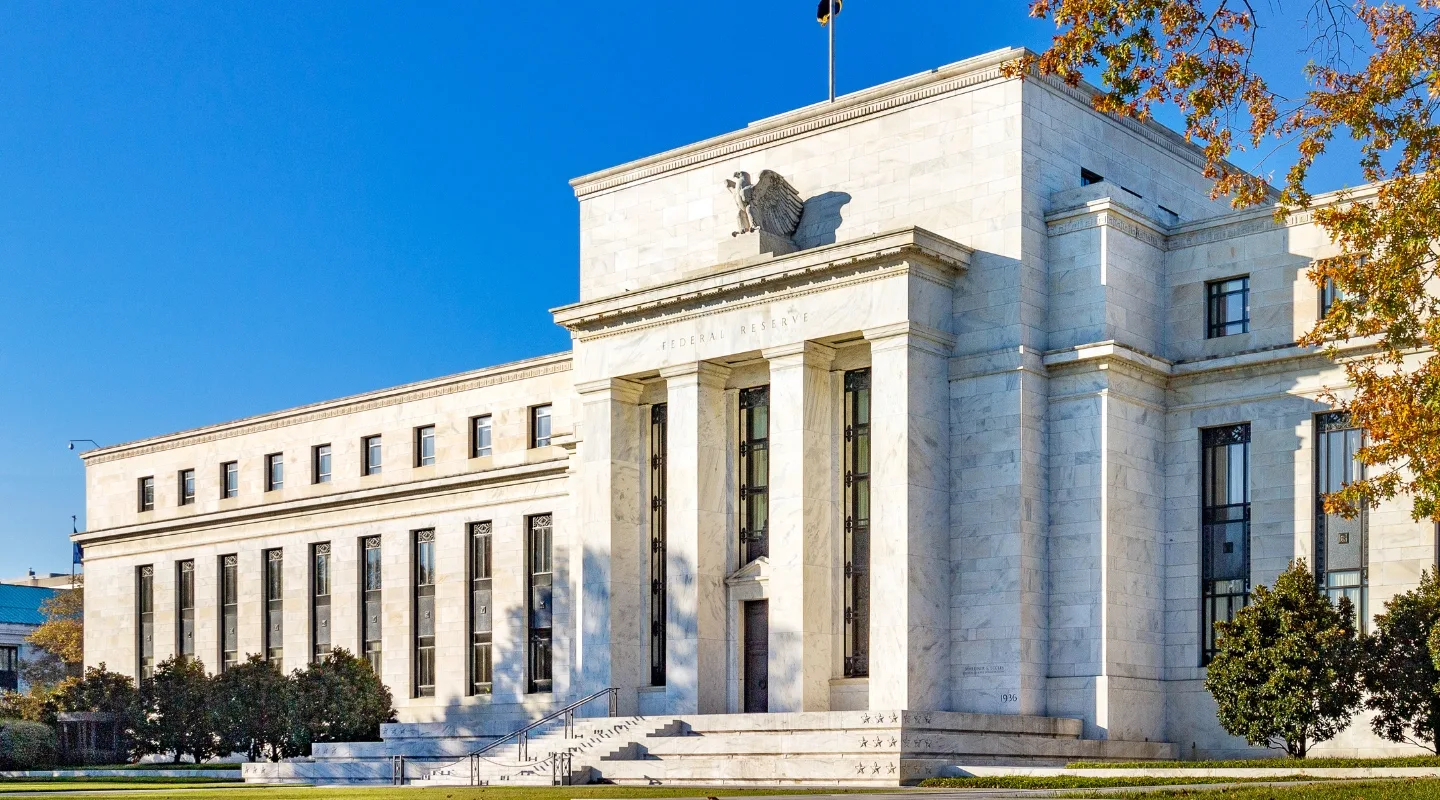
Central Banks and The Boxing Match Against Inflation
4 minute read • November 15, 2023

4 minute read • November 15, 2023

Bank of Canada kept their overnight policy rate unchanged on October 25th, with hints of dovish (negative, downward bias for rates in the future) and hawkish (positive, upward bias for rates in the future) communication. Although the balance in tone isn’t all that helpful for investors, the intent seems clear: to keep the door open for overnight interest rate increases in the future, if need be.
On the dovish side, the Bank pointed to growth trending lower and excess supply relative to demand within the overall economy being on the horizon. On the hawkish front, they pointed to inflation being too high and the risk of it remaining sticky or stubbornly high longer than they would like.
It could be summarized by saying they have thrown the necessary policy rate punches to win the battle against inflation, but it hasn’t been by total knockout. We tend to agree the punches have been thrown, but Mr. Macklem, the Bank of Canada Governor, and investors will have to wait for the 12th round bell to ring and the judges’ decisions to come in. Victory being declared and the 12th round bell ringing is likely a story for 2024.
The U.S. Federal Reserve also left its overnight policy rate unchanged on November 1st. Like the Bank of Canada, they reiterated that their future decisions would remain data-dependent, keeping the door open for further policy rate hikes. Jerome Powell, Chair of the Federal Reserve Committee, often sticks to the script, a script that investors have become increasingly familiar with.
Unfortunately for investors, the script is as boring as any boxer’s post-match interview, thanking their trainer, family, and fans for their support. On the hawkish front, they pointed to the continued resiliency of the economy and labour market. On the dovish side, they pointed to inflation trending lower and growth decelerating.
Overall, the updates from both central banks took a “wait and see” approach, remaining on the sidelines until data suggests more action, or not, is warranted.
The Bank of Canada and the U.S. Federal Reserve have dual mandates: price stability and full employment. However, they seem to shift back and forth. Prioritizing one over the other, they seem squarely focused on price stability.
In more specific terms, they’re focused on bringing inflation within their acceptable range, 1% to 3%, and closer to their target of 2%. Their current focus seems so narrow that they’re even willing to cause collateral labour market (employment) damage if it means achieving their price target.
In the past, both central banks have over-tightened policy, eventually causing the economy to tip into the R-word, recession. Views in the marketplace are relatively split on whether they can achieve a soft landing or a recession is inevitable.
The soft-landing scenario is realized if inflation moderates to its acceptable range, the labour market remains healthy and economic growth continues. The recession scenario is realized if the collateral labour market damage is too strong to maintain positive nominal GDP growth.
Although we don’t have a crystal ball, we would highlight that both banks are making decisions based on current economic data.
Unfortunately, both central banks are aware that their interest rate policy decisions to increase interest rates dramatically have a lagged effect on the economy. It means the economic headache from the punches thrown isn’t usually felt until the next morning, or in this case, a few quarters from now.
From an investment management perspective, our conclusions are two-fold.
Both central banks are pleased with decelerating growth and willing to cause damage to the labour market to bring inflation down. In a way, they’ve already gone Christmas shopping for investors and are telegraphing what’s inside the wrapped box. With interest rates now at 15-year highs, yield or income for investors offered in the bond (fixed income) market are the most attractive they’ve been in over a decade.
Second, their objective is price stability, but to achieve this to the extent they would like, we’re convinced it means unemployment rates will increase in North America within the next 12 months. Although they continue to reiterate that rates will remain “higher for longer,” once price stability is achieved, and the labour market starts to crack, will their focus shift back to full employment? We believe it will, which ultimately means rate cuts near the end of 2024 or early 2025.
To be clear, interest rate cuts mean the yield (income) received by the Matco Fixed Income Fund investors will be further supported and complemented by capital appreciation. Unfortunately, reaping the benefits will require some patience, as it often does.
Prudent investment decisions are made proactively and with patience.
The only way to get a ringside seat when the knockout blow has been thrown against inflation is to arrive early. Investors increasing their allocation to fixed income, within the context of their risk profile and accompanied with some patience, will be in the right place when the judge’s decisions come in.

delivered to your inbox once a month